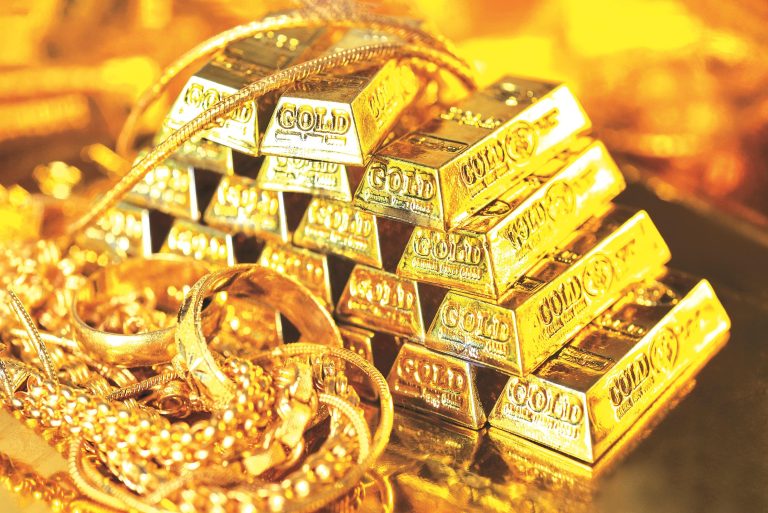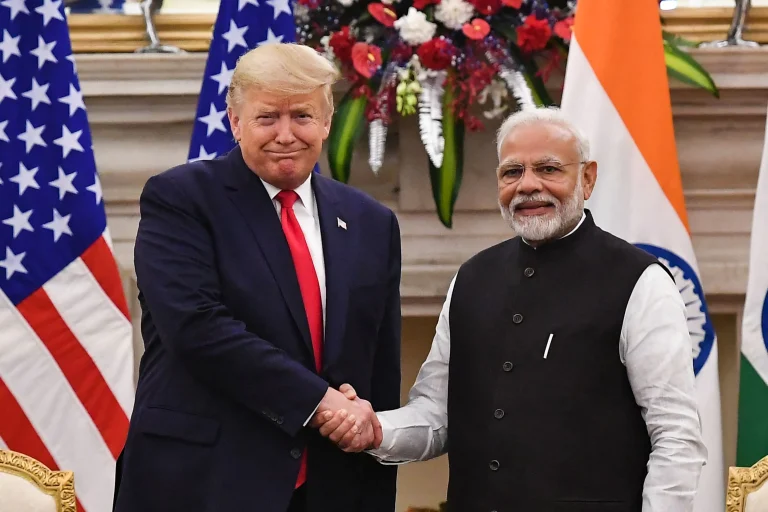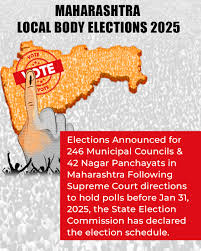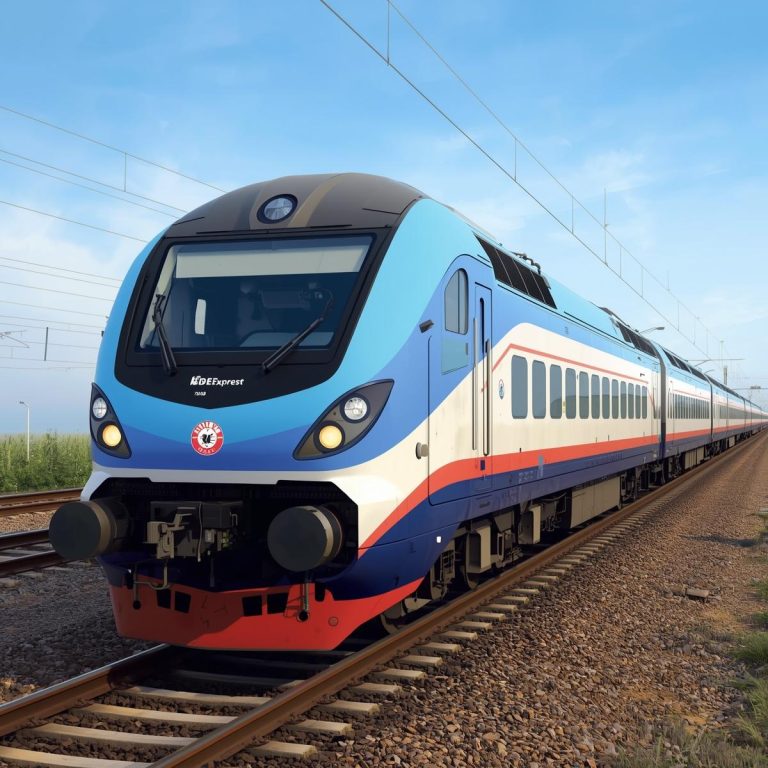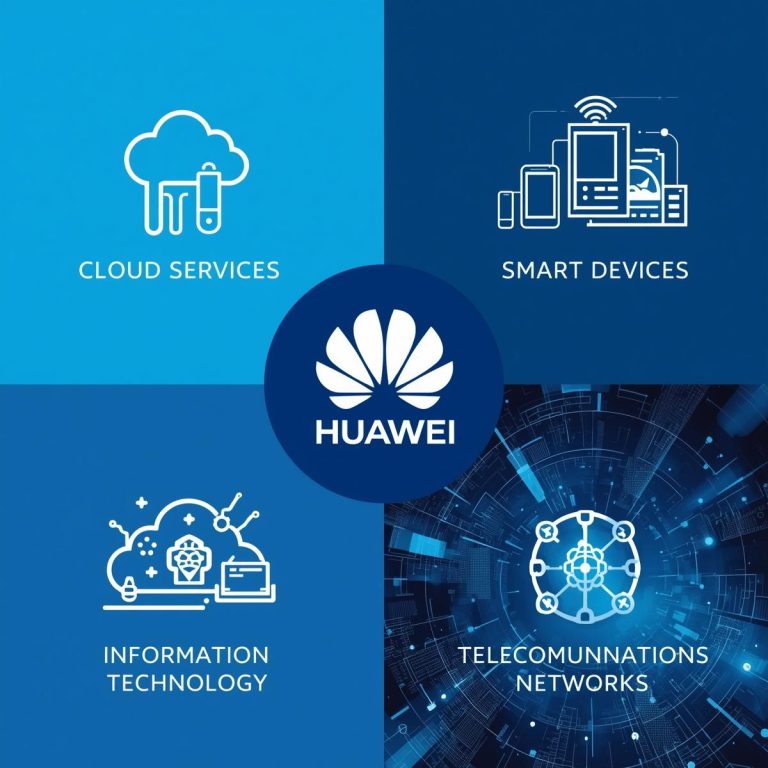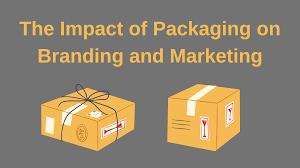
Branding Packing Packaging

Branding is the ongoing process of helping customers remember and associate a brand with a certain thing. It includes many things that can be done to boost the value of a brand, make it easier to remember, and sell the business through both digital and traditional channels.
A business’s logo, design, mission statement, and a recurring theme in all of its marketing materials help customers form a strong, positive opinion of the company, its products, or its services. This is called branding.
A strong brand helps a business stand out from the rest and leave a lasting impact on the people it wants to reach. What a company tells its customers is what its brand is all about. Because it tells people what makes the company special and what it offers that no one else does. Building trust, keeping customers loyal, and growing the business are all important parts of running a successful company.
A good branding strategy doesn’t happen quickly; it takes careful planning, development, and growth to create a perception that will help your business stand out in a crowded market and emotionally connect with customers.
Packing and packaging: role and importance
From a business point of view, packaging is very important. The process of packaging covers and protects the goods by putting them in cases or boxes so they don’t break while being shipped. The process of packaging both protects the goods and shows which brand they belong to. Through labels, the packaging tells you about the company and its name. The aesthetics and design of packaging draw customers in. Most of the time, goods that come in nice packages sell faster than other goods. It’s part of the packing to pack. Different kinds of protection materials are used to do it.
Packing
When you pack, you wrap or cover the goods so they stay safe while they’re being stored or moved. This keeps them from going bad or breaking. It includes things like padding, wrapping, closing, keeping out the weather, and more. For packing, people use things like bubble wrap, packing tape, foam, packing trays, and more.
Packaging
Packaging is the process of branding and creating a product so that it can be stored and sold. There are different ways to package a product, like in a box, a bag, or a lid. It’s good for building relationships with people in marketing. The main goal of packaging is to get people to buy the goods, and it also serves the protection purpose. It is one of the most important things that can help a business make more money. There are three stages or layers of packaging. They’re
- Primary packaging
It’s the packaging of the goods right away. It stays with the item until it is used. Such as a matchbox for matches, an oil tin for oil, a small plastic bottle for zandubalm, and so on.
- Secondary packaging
The extra packaging is there to protect it better. People throw away things like a small box for a number of bottles wrapped in a box when they start using them.
- Tertiary packaging
The name for it is also “transportation packaging.” Goods can be stored and moved with this kind of packing. This kind of wrapping is thought to be packing. Protective materials are things like cardboard boxes, paper, and sawdust.
Plastic boxes, poly bags, foil-sealed bags, chipboard packaging, and more are some of the different types of packing. Corrugated boxes are just three-layered cardboard boxes. People use it to store things and to pack their shoes. They can be used again and again. Paperboard boxes are made of paper, are simple to cut, and are used to make personalized boxes. It’s used to package things like drugs, cosmetics, frozen food, and more. Plastic box packing lasts a long time, keeps perishable goods fresh, and gets rid of the problems of contamination and spoilage. They are cheap and can be recycled.
Noticeable Differences between Packing and Packaging
- Objective: Packing primarily concerns the safeguarding and securing of individual goods during transportation or storage, whereas packaging refers to the act of enclosing and storing the entire product to improve its market attractiveness and ensure its protection during its entire lifespan.
- Classification: Packing is a transient process mostly used for the aim of ensuring safety during transportation. Conversely, packaging is a lasting and unaltered component that remains unchanged over the whole lifespan of the product, encompassing its presentation, promotion, and storage.
- Focus: Packing prioritizes the safeguarding and organization of individual products, guaranteeing their precise arrangement and secure fastening. Packaging, on the other hand, adopts a more comprehensive perspective by taking into account the whole product and its presentation in the market.
- Materials Used: Packing often employs materials such as bubble wrap, tape, and cushioning materials to protect parcels. Packaging refers to the utilization of boxes, containers, labels, and other branding elements to securely encapsulate and visually display the goods.
- Customizability: The available packing choices are typically restricted to conventional sizes and shapes, providing scant opportunities for customisation. In contrast, packaging offers abundant possibilities for personalization, enabling enterprises to develop distinctive and aesthetically pleasing designs specifically suited to their brand and product.
- Functionality: Packing is usually designed for one-time use, namely to safeguard objects for a designated transit or storage duration. The packaging, however, can be specifically engineered to be versatile, enabling the product to be exhibited, stored, and moved several times without compromising its protective and promotional characteristics.
- Emphasis: Packing mainly concentrates on inside elements, guaranteeing that products are safely packed and safeguarded. Packaging, on the other hand, focuses on the outward visual presentation, branding, and market attractiveness of the product.
- Cost: Packing materials are typically more cost-effective than packaging materials, since packing primarily emphasizes fundamental protection and structural arrangement. Conversely, packaging materials necessitate superior quality and thorough design considerations, therefore potentially raising the whole cost.
- Importance: The importance of packing lies in its critical role during the pre-shipment phases, as it guarantees the appropriate preparation of objects for transit and storage. In post-production phases, packaging becomes increasingly important as it enhances the marketability and provides protection for the product throughout its life cycle.
- Environmental impact: The environmental impact of packing materials is frequently characterized by their simplicity and functionality, which leads to a lower generation of trash in comparison to other packaging materials. Given its focus on visual attractiveness and branding, packaging can lead to increased waste production, necessitating careful evaluation of environmentally appropriate options.
| Packing | Packaging |
| Definition | |
| Packing is building a container or box for a product for transport and storage but not for a display | The packaging is a process of designing and manufacturing container for protection and also for display |
| Process | |
| Only protecting and transportation of the product | It includes transportation, marketing, and sales |
| Purpose | |
| To ensure safety | Attract customers |
| Materials | |
| Protective wrappers used to protect the product and safe transport | The protective wrapper used to transport with the display to a logo, names, product information, and marketing of the product |
| Stages of Packing | |
| Packing is the secondary part of packing items. This involves only transportation | The packaging is the first step of the packing process |
The above-mentioned concept is elucidated in detail about ‘Difference between Packing and Packaging’ for the Commerce students. To know more, stay tuned to BYJU’s.
